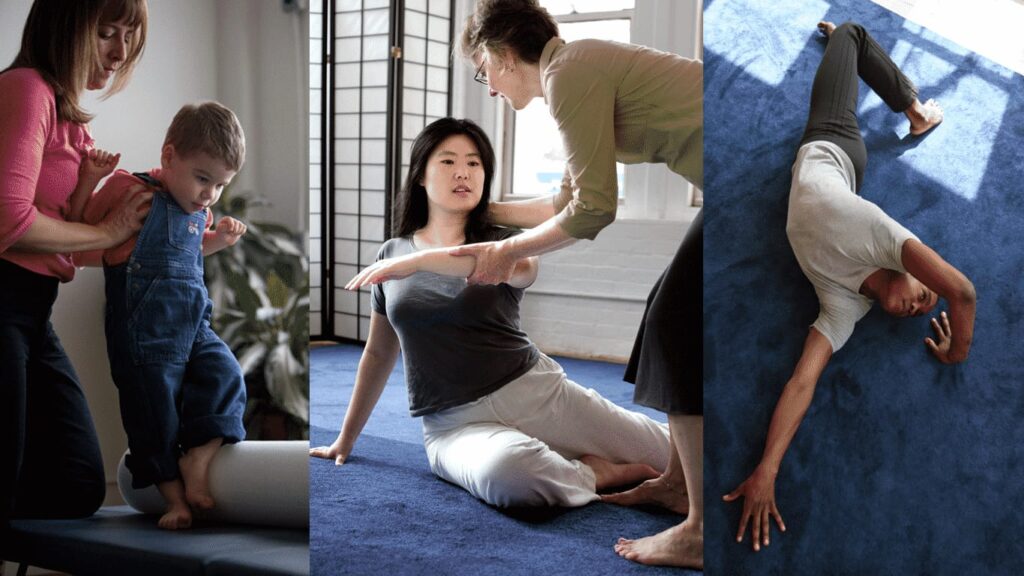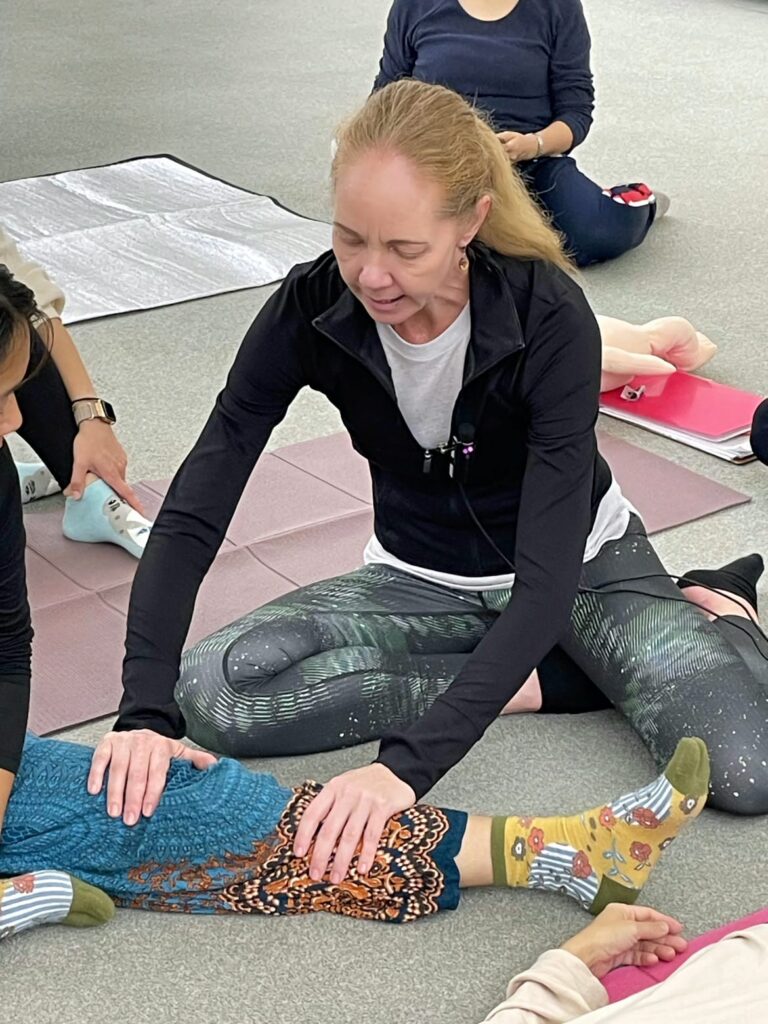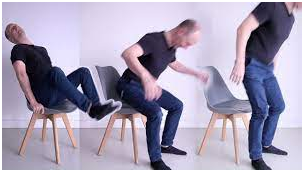The Feldenkrais® Method
The method consists of two forms of practice: Awareness Through Movement® (ATM) and Functional Integration (FI)

Who is Moshé Feldenkrais?
Moshe Pinhas Feldenkrais, born on May 6, 1904, in Slavuta, in what is now the Ukrainian Republic, was a remarkable figure known for his contributions to somatic education.
In the mid-20th century, Moshe Feldenkrais faced a personal challenge when he injured his knee and found the conventional medical treatments of his time unsatisfactory. This experience led him on a unique journey of exploration and innovation.
Drawing upon his extensive knowledge of physics, biomechanics, neurology, psychology, and his expertise in martial arts, notably holding a black belt in Judo, Feldenkrais embarked on a mission to understand the intricate connection between the brain and the body.
Feldenkrais's groundbreaking work has left a lasting legacy, benefiting people from various walks of life who seek to unlock their full potential for movement, personal growth, and improved quality of life.

What is Feldenkrais?
Feldenkrais is a holistic approach to somatic education and self-improvement developed by Moshe Feldenkrais. This method consists of two primary forms of practice: Awareness Through Movement® (ATM) and Functional Integration (FI). ATM sessions are typically conducted in group settings and are verbally guided. During these sessions, participants engage in a series of gentle movements while paying close attention to their sensations and bodily experiences. The goal of ATM is to increase self-awareness and explore new, more efficient ways of moving and acting in a safe and supportive environment. FI sessions, on the other hand, are individualized hands-on sessions. In FI sessions, a trained practitioner works closely with you, guiding your movements through both touch and verbal cues. This one-on-one approach allows for a more personalized exploration of your unique movement patterns and physical potential. Both forms of Feldenkrais practice share a common objective: to help individuals discover new ways of moving and acting that are not only more efficient but also more comfortable and enjoyable. By fostering a deeper connection between the body and the mind, the Feldenkrais Method empowers individuals to enhance their physical and mental well-being, improve mobility, and reduce pain or discomfort. Feldenkrais is a valuable tool for anyone seeking to improve their overall quality of life by unlocking their full potential for movement, self-awareness, and personal growth.

Stress Reduction •Chronic Pain Management •Insomnia Relief •Posture Improvement •Performance Enhancement •Increased Well-being •Support for Health Conditions; stroke recovery, multiple sclerosis, Parkinson's disease, and cerebral palsy.


